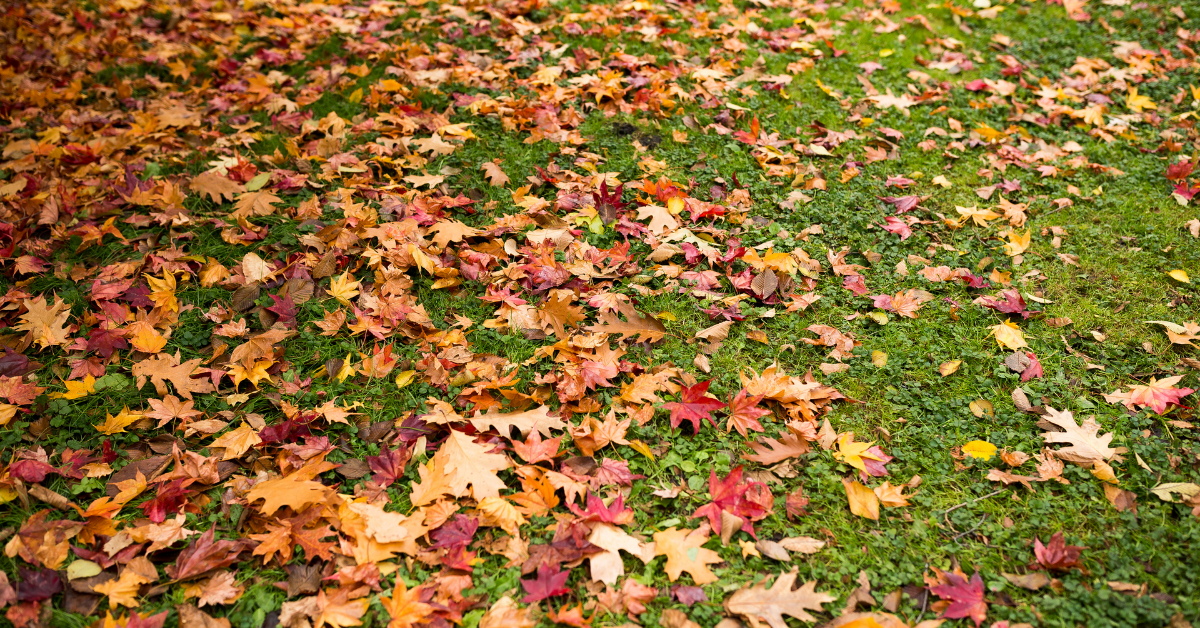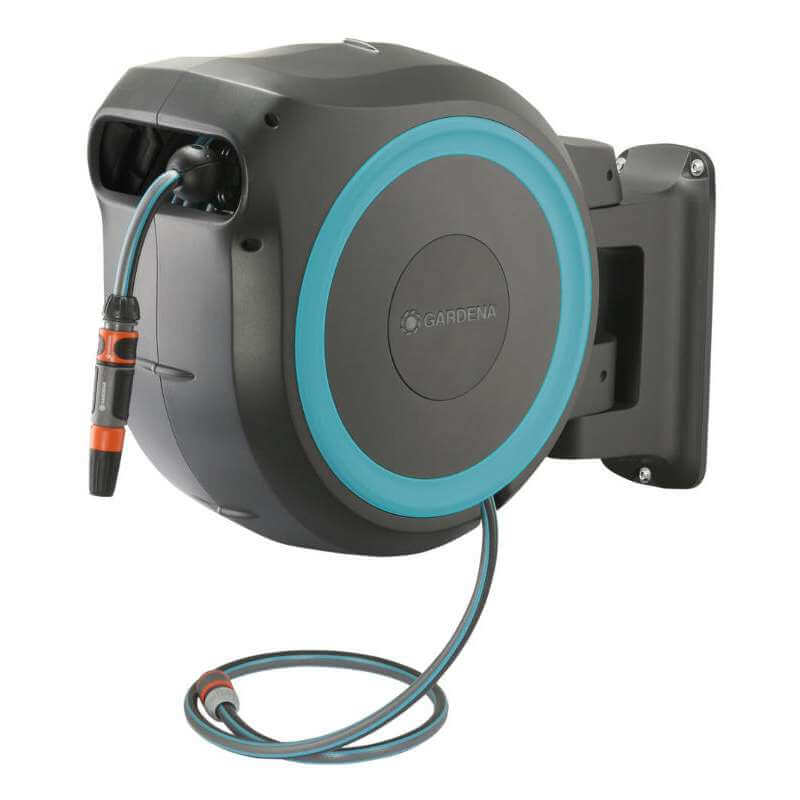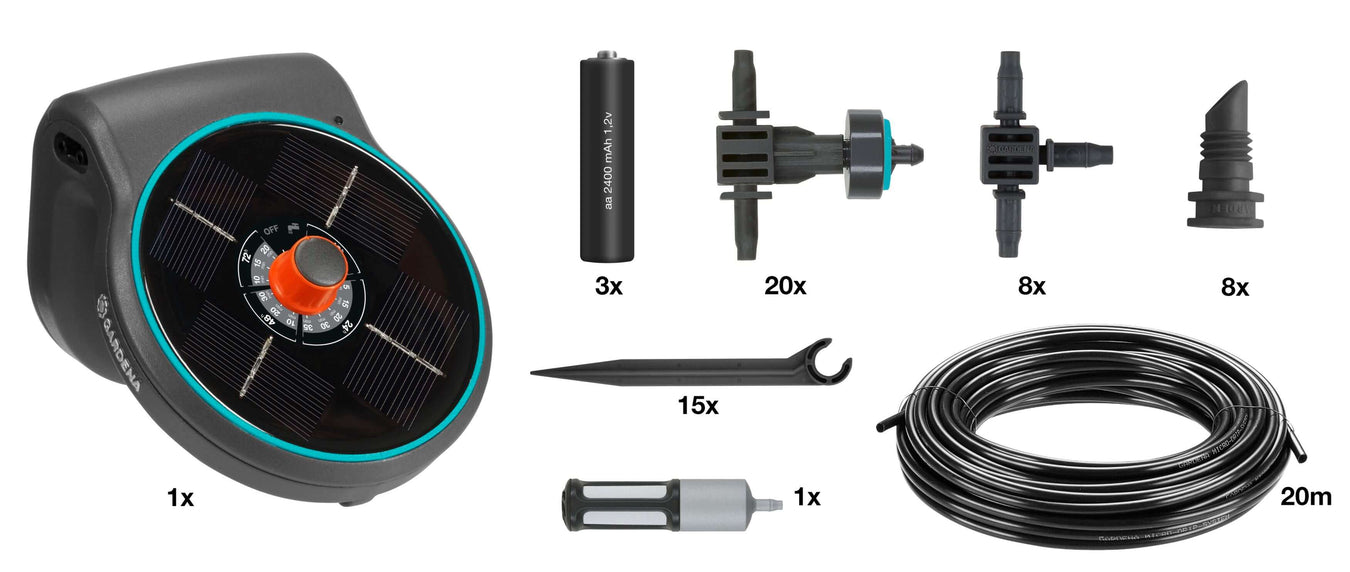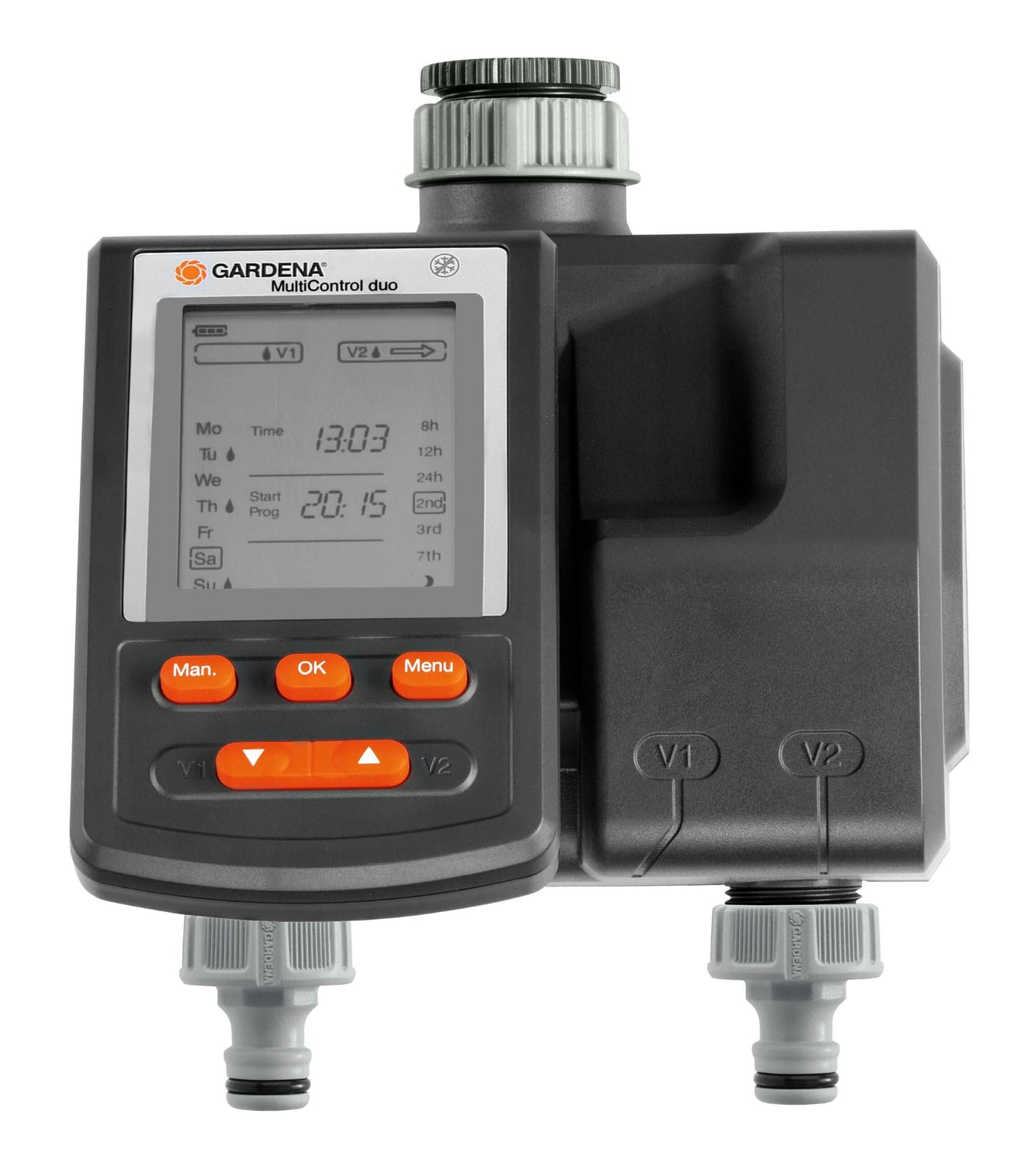Get Expert Robot Mower Advice for Your Lawn

Picking up leaves the easiest way!
That autumn job that everybody hates to do, picking up fallen leaves. Back breaking work that for a couple of months of the year needs doing every couple of days if you really want to keep your lawn, drive or patio looking tidy.
So what is the easiest way to pick up fallen leaves....if you came for the quick answer to picking up leaves the best way in our opinion is to use the Gardena Leaf collector. We will take a look at some other options below as well as some more details about the Gardena leaf collector.
what are the benefits of picking up fallen leaves
Picking up fallen leaves offers several benefits, both for your immediate environment and for broader ecological reasons. Here are some advantages:
-
Lawn Health: Fallen leaves can create a layer on your lawn, blocking sunlight and preventing airflow. This can lead to mold growth and even damage your grass. By picking up leaves, you ensure your lawn gets the sunlight and air circulation it needs to remain healthy.
-
Prevent Slippery Surfaces: Wet leaves on driveways, sidewalks, and paths can become slippery and hazardous, increasing the risk of accidents. Removing them improves safety, especially during rainy or snowy weather.
-
Pest Control: Piles of fallen leaves can provide hiding places for pests like rodents and insects. Cleaning them up reduces the potential shelter for these pests, helping to keep their populations in check.
-
Aesthetic Appeal: A well-maintained yard looks more appealing and can increase the overall curb appeal of your property. A clean yard free of debris, including fallen leaves, can make a positive impression on visitors and potential buyers if you're considering selling your home.
-
Composting: Collected leaves can be used for composting. They are a valuable source of organic matter that can enrich your garden soil when properly decomposed. This reduces the need for chemical fertilizers and improves soil structure.
-
Wildlife Habitat: While it's important to remove leaves from areas where they can cause problems, creating leaf piles in a designated area of your yard can provide habitat for beneficial wildlife like insects, amphibians, and small mammals.
-
Fire Prevention: In areas prone to wildfires, removing fallen leaves from around your property can reduce the risk of a fire spreading by eliminating potential fuel sources.
-
Environmental Responsibility: By maintaining your property and keeping it free of debris, you contribute to a cleaner and healthier environment. Leaves left to accumulate in storm drains or water bodies can contribute to blockages and pollution.
-
Community Spirit: Keeping your property tidy can inspire others in your neighbourhood to do the same, leading to cleaner, more attractive surroundings for everyone.
-
Physical Activity: Raking and collecting leaves can be a good form of physical exercise. It helps you stay active and can be an enjoyable outdoor activity, especially during the cooler months.
When collecting fallen leaves, consider the following options:
-
Composting: As mentioned earlier, composting leaves can enrich your garden soil. However, be sure to shred or mulch the leaves first to speed up decomposition.
-
Mulching: Instead of raking up all the leaves, you can use a mulching lawn mower to chop the leaves into smaller pieces. These smaller pieces will decompose more quickly and can provide nutrients to your lawn.
-
Use as Mulch: Leaves can also be used as a natural mulch in your garden beds to help retain moisture, suppress weeds, and improve soil health.
How do you clear and pick up fallen leaves?
Clearing up fallen leaves can be a straightforward task with the right tools and methods. Here's a step-by-step guide to help you efficiently clear up leaves:
Tools and Materials You'll Need:
- Rake: Choose a sturdy leaf rake with flexible tines to easily gather leaves.
- Leaf Blower (optional): A leaf blower can help move leaves into piles, making the process faster.
- Garden Bags or Bins: These are used to collect and transport the leaves.
- Gloves: Protect your hands from blisters and debris.
- Tarp: A tarp can make it easier to gather and transport large quantities of leaves.
- Mulching Mower (optional): If you want to mulch leaves directly into your lawn.
- The Gardena Leaf collector !! Lightweight and effortless to use.

Take a look at review of the leaf collector
Steps to Clear Fallen Leaves:
-
Choose the Right Time: Aim to clear leaves during dry weather. Wet leaves can be heavier and more challenging to handle.
-
Gather Your Tools: Make sure you have all the necessary tools and materials ready.
-
Start Raking: If you're using a leaf blower, start by blowing leaves into manageable piles. If not, begin raking leaves into piles. Start from the outer edges of your yard and work your way inward.
-
Use a Tarp: Spread a tarp near the piles of leaves. This makes it easier to gather and transport a large volume of leaves.
-
Bag or Bin the Leaves: Use garden bags or bins to collect the leaves from the piles. If you have a lot of leaves, you might want to use a tarp to slide them into the bags or bins.
-
Dispose or Compost: If your municipality has a leaf collection program, follow their guidelines for bagging and curbside pickup. Alternatively, you can use the collected leaves for composting or mulching in your garden beds.
-
Mulching (Optional): If you have a mulching lawn mower, you can use it to shred the leaves into smaller pieces and distribute them on your lawn as natural mulch. This can help nourish your lawn and reduce the need for disposal.
-
Final Cleanup: After you've cleared the leaves, do a final pass to ensure you haven't missed any piles or stray leaves.
-
Proper Disposal: If you can't compost or mulch the leaves yourself, check with local waste management services to understand the proper disposal methods. Some communities have designated drop-off points for yard waste.
-
Clean and Store: Clean your tools and store them properly to keep them in good condition for future use.





